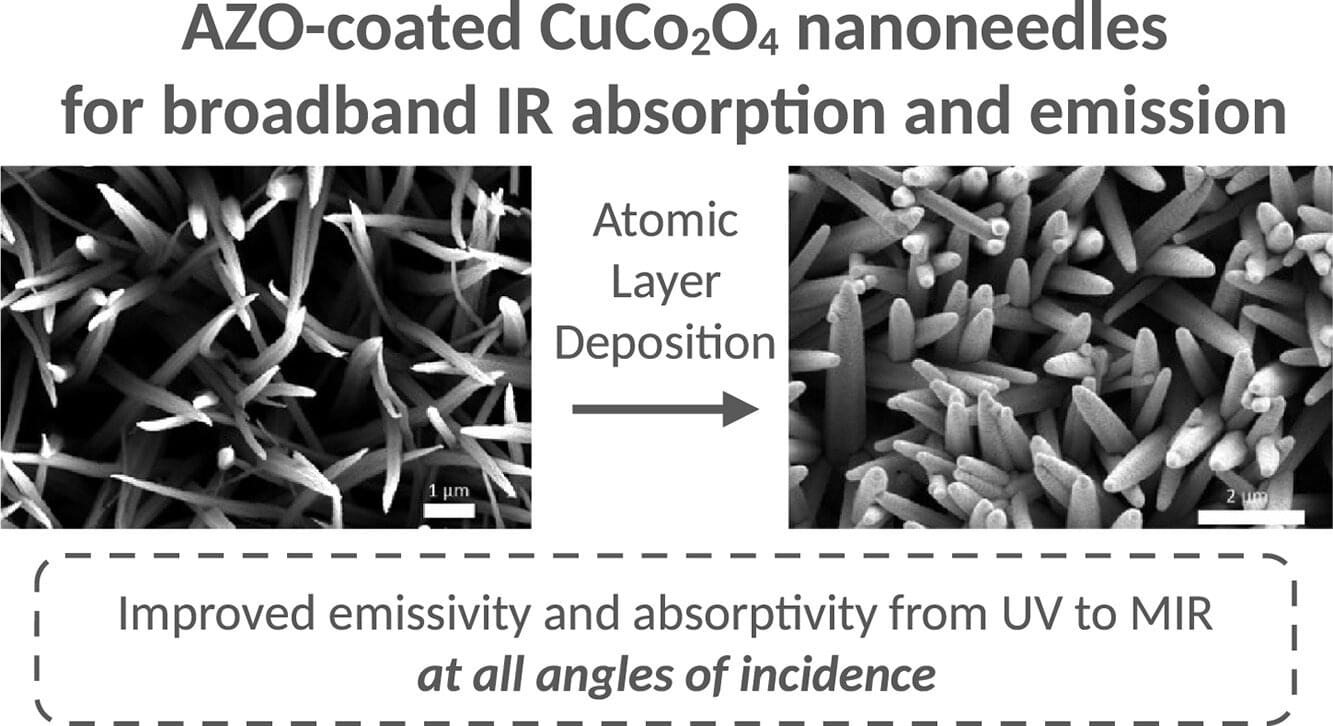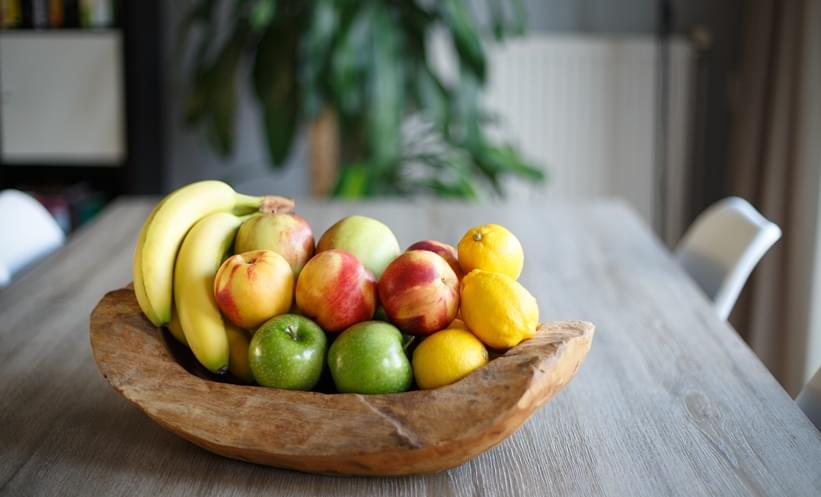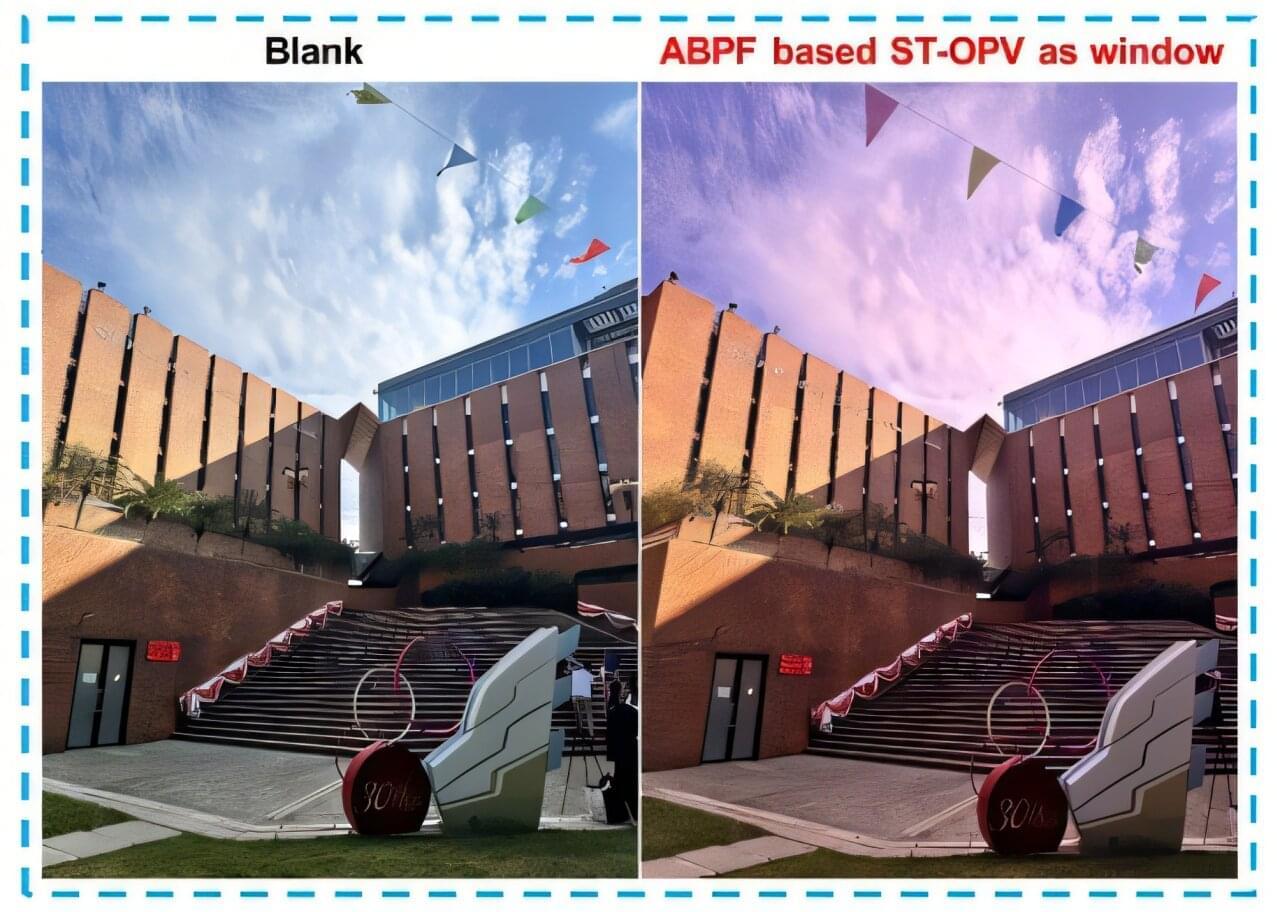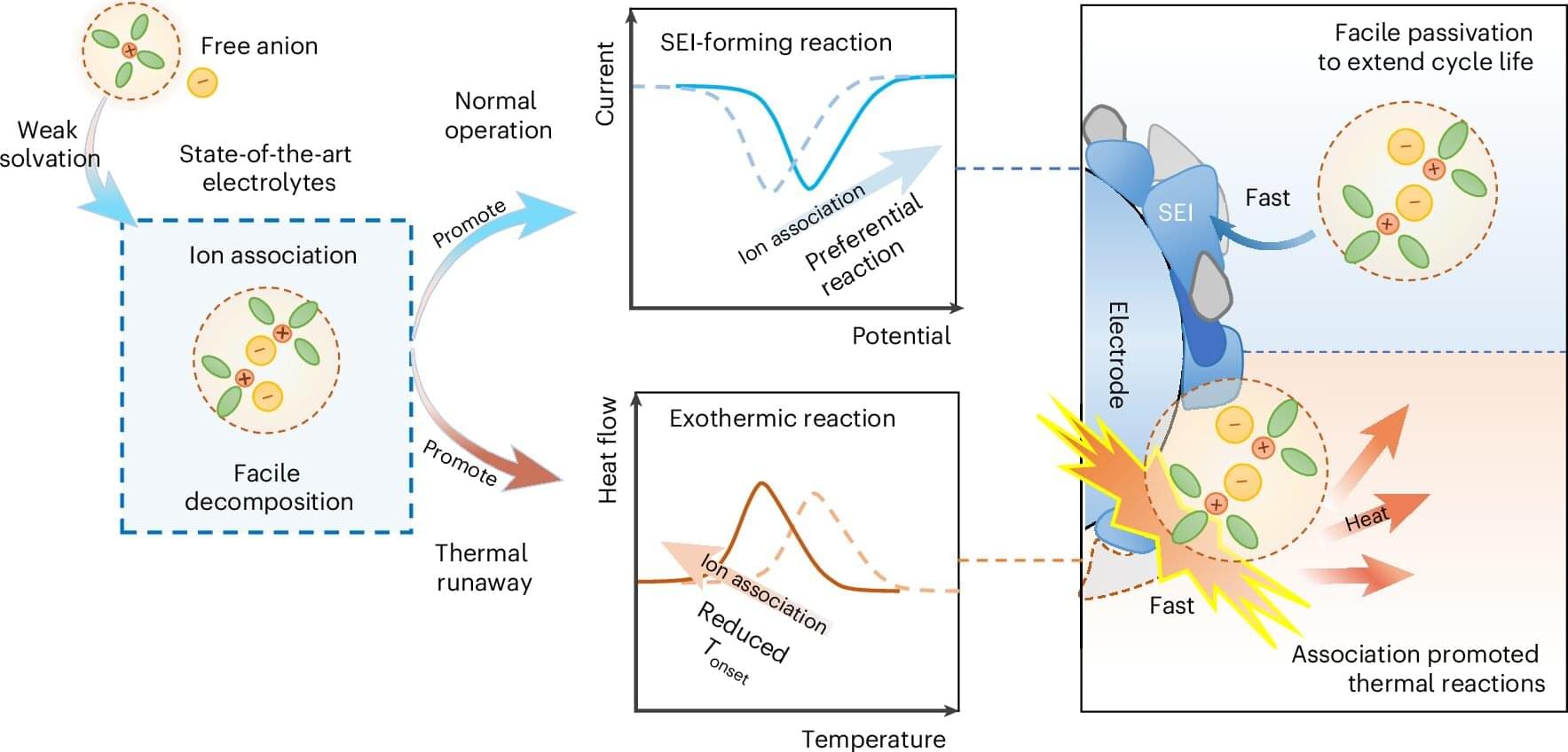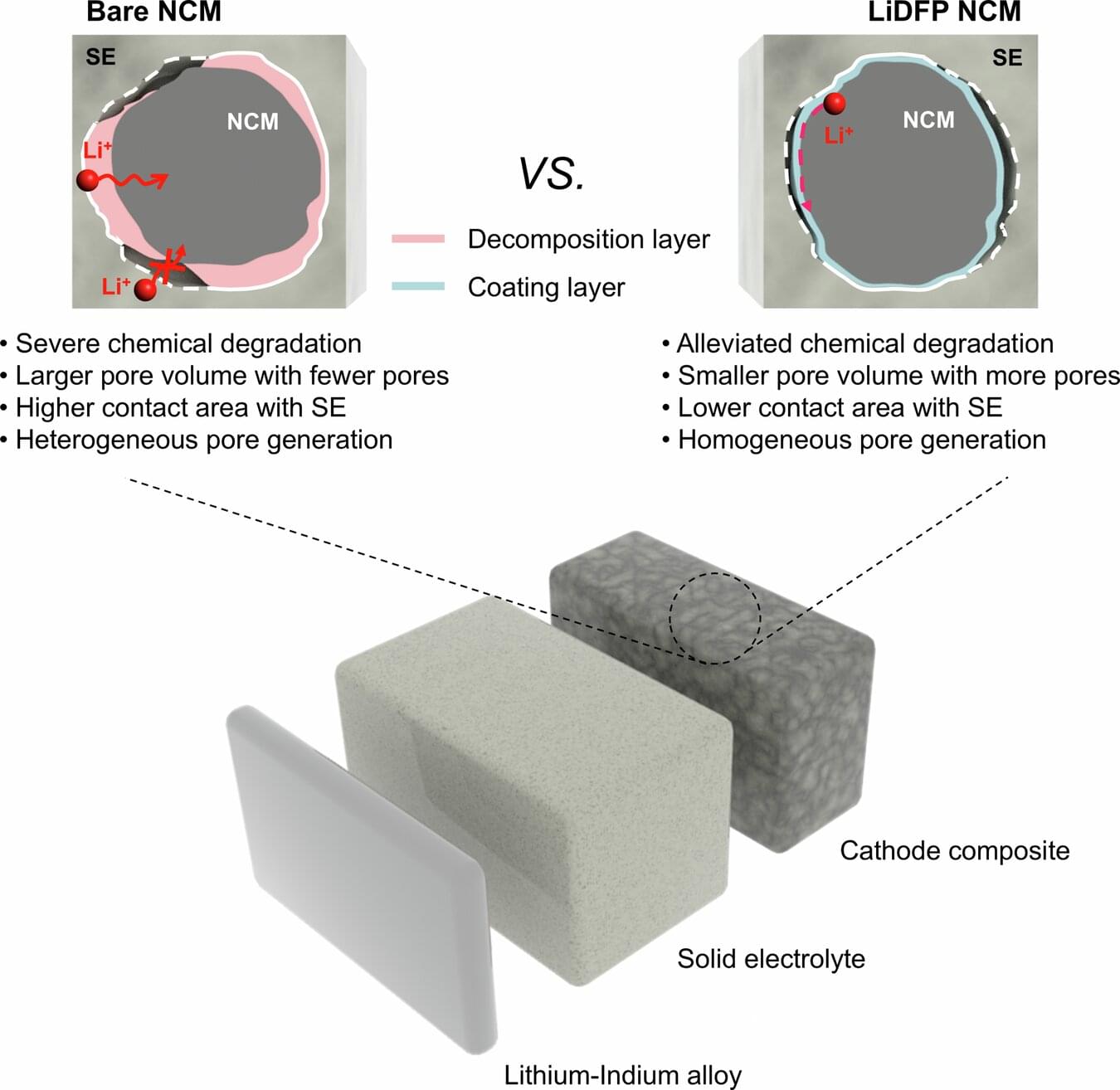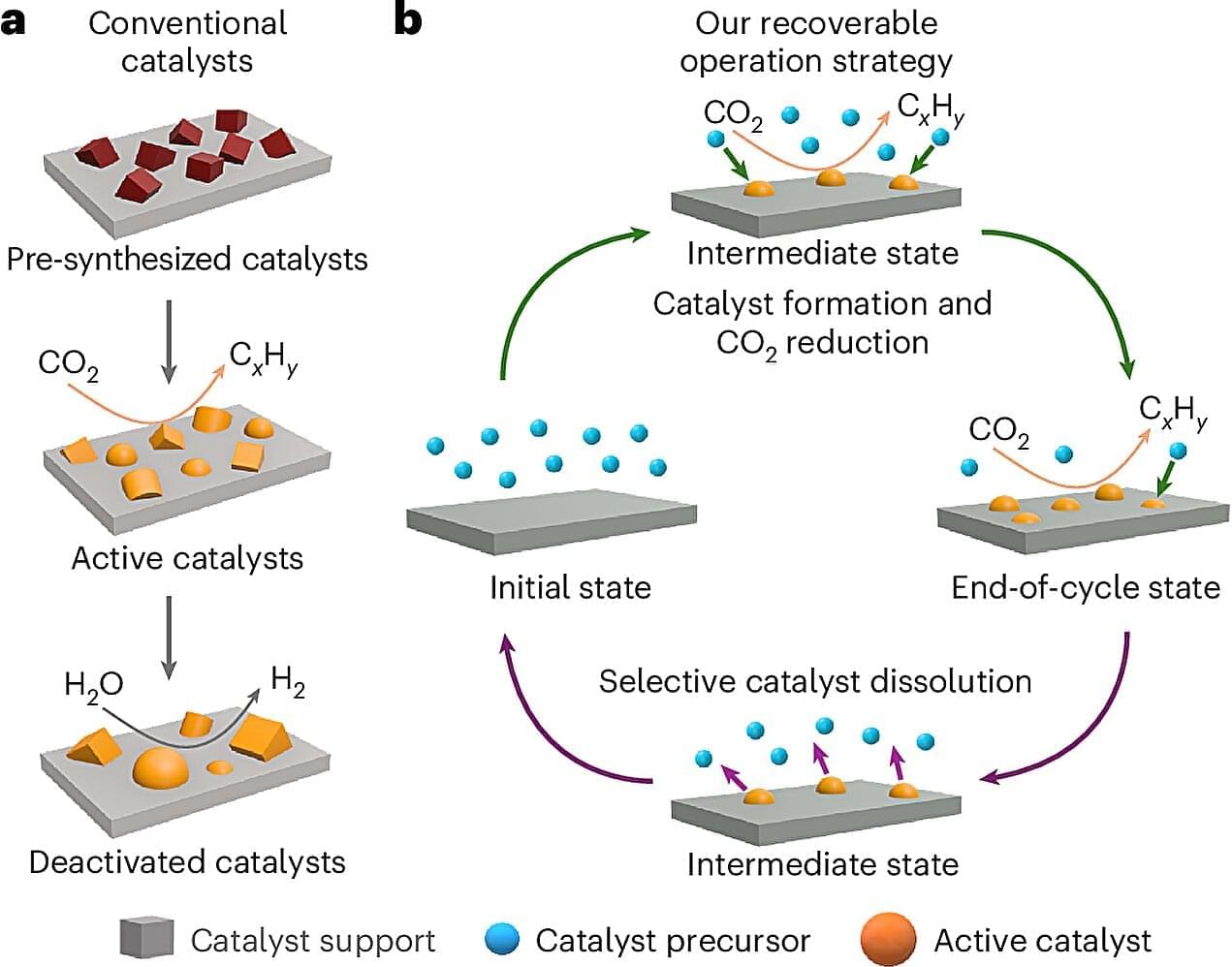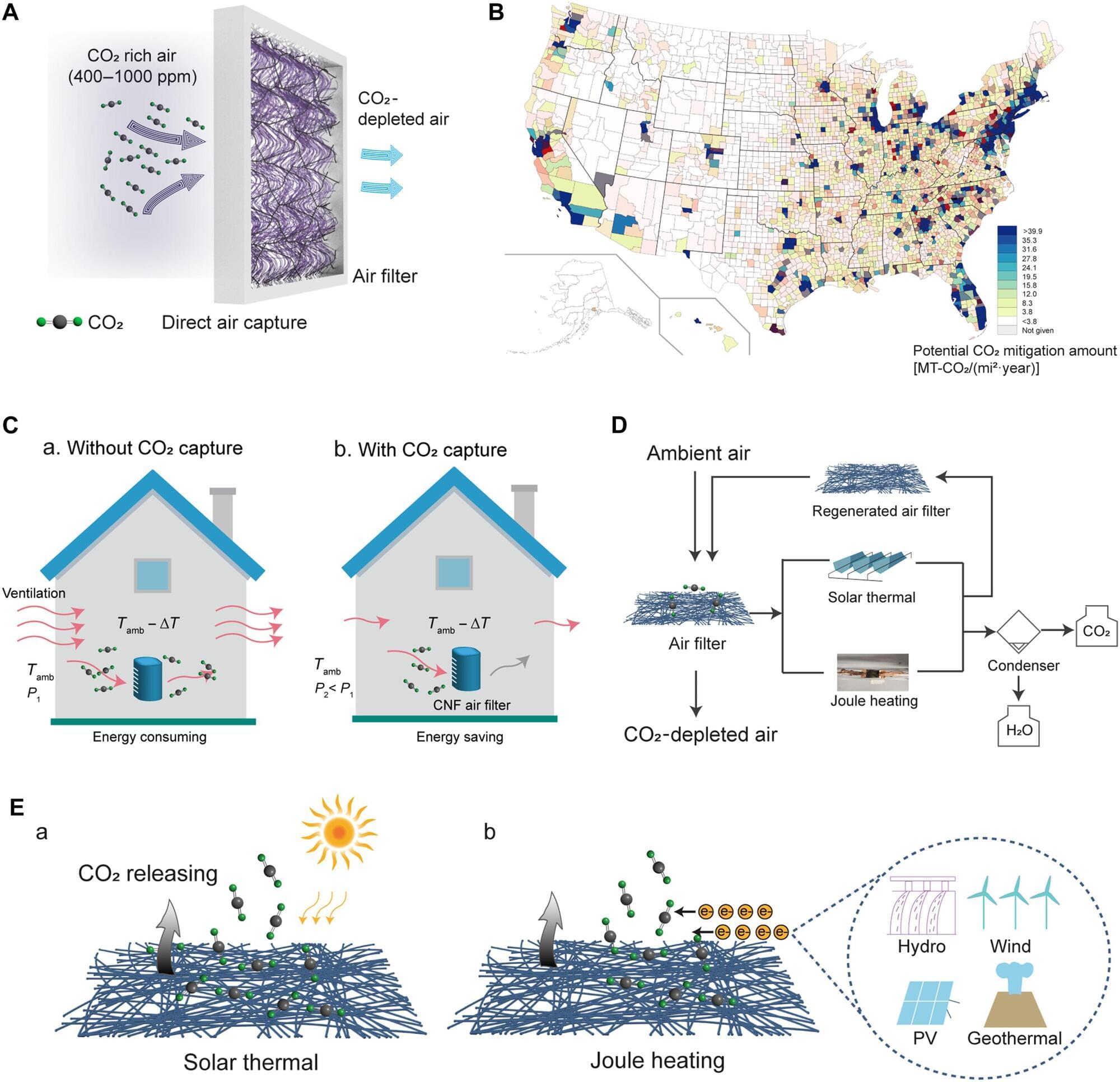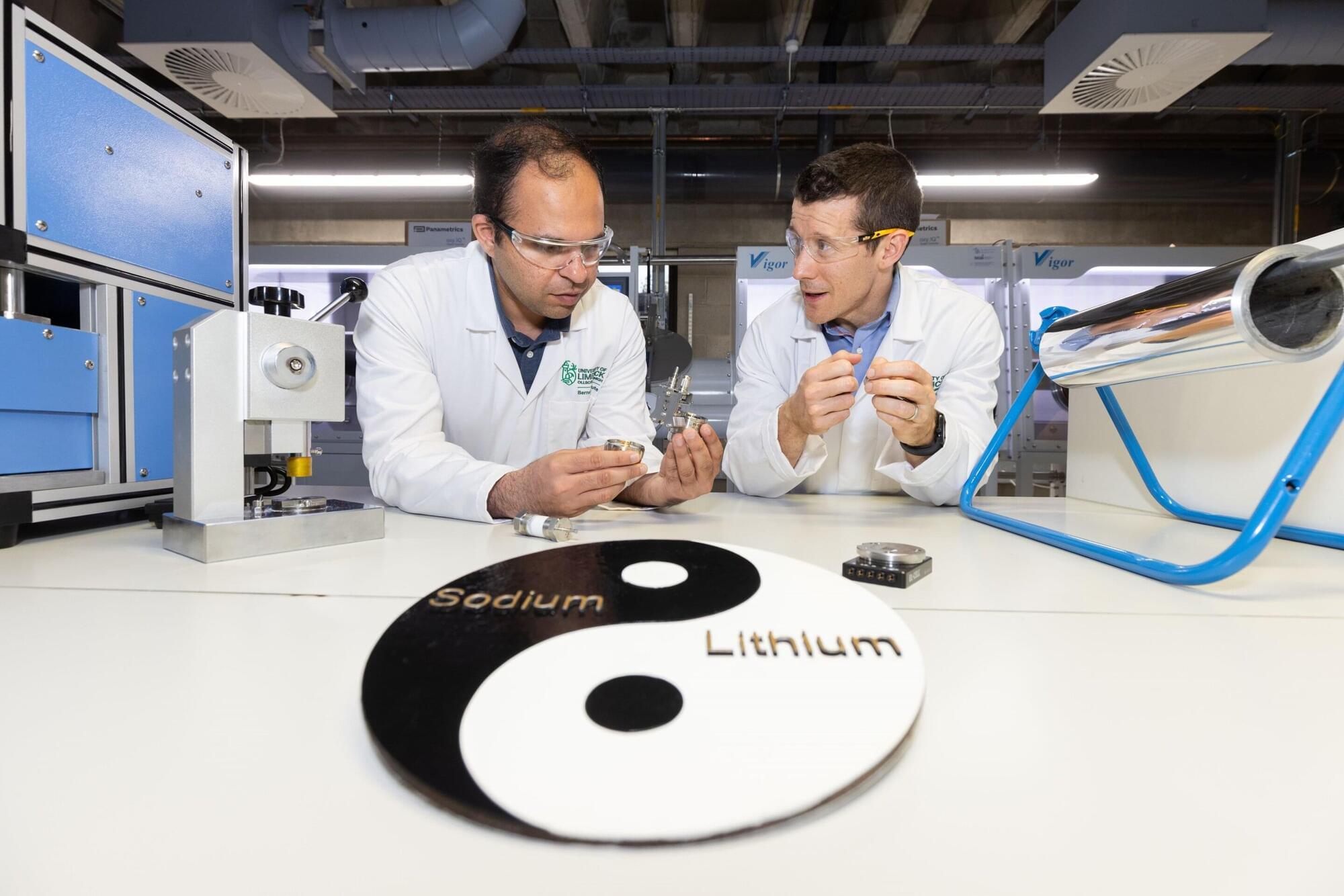Using state-of-the-art equipment, researchers in the Thermophysical Properties of Materials group from the University of the Basque Country (EHU) have analyzed the capacity of ultra-black copper cobaltate nanoneedles to effectively absorb solar energy. They showed that the new nanoneedles have excellent thermal and optical properties and are particularly suited to absorbing energy. This will pave the way toward concentrated solar power in the field of renewable energies.
The tests were carried out in a specialized lab that has the capacity to undertake high temperature research. The results were published in the journal Solar Energy Materials and Solar Cells.
Renewable energy of the future is concentrated solar power because it can be easily used to store thermal energy. Despite the fact that, historically, it is more expensive and complex than photovoltaic power, in recent years huge advances have taken place in this technology, and concentrated solar power plants are spreading across more and more countries as a resource for a sustainable future.
